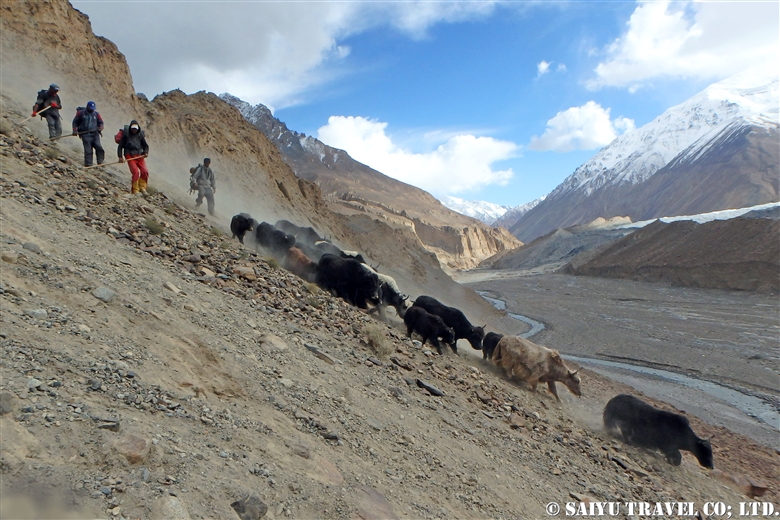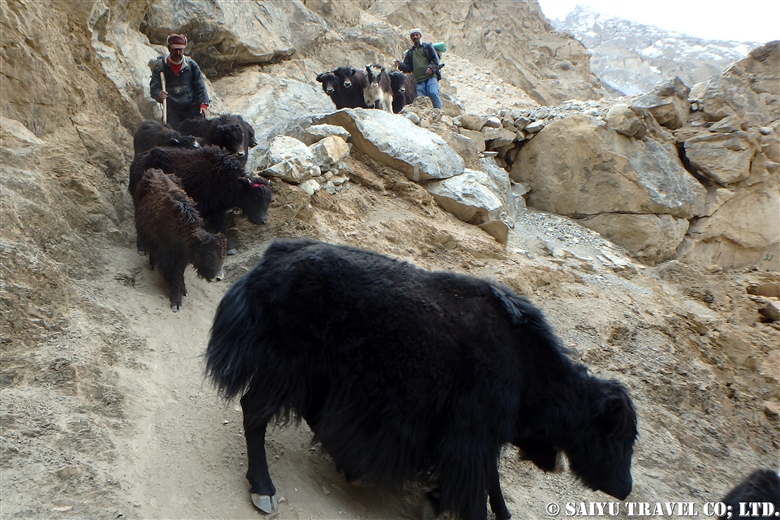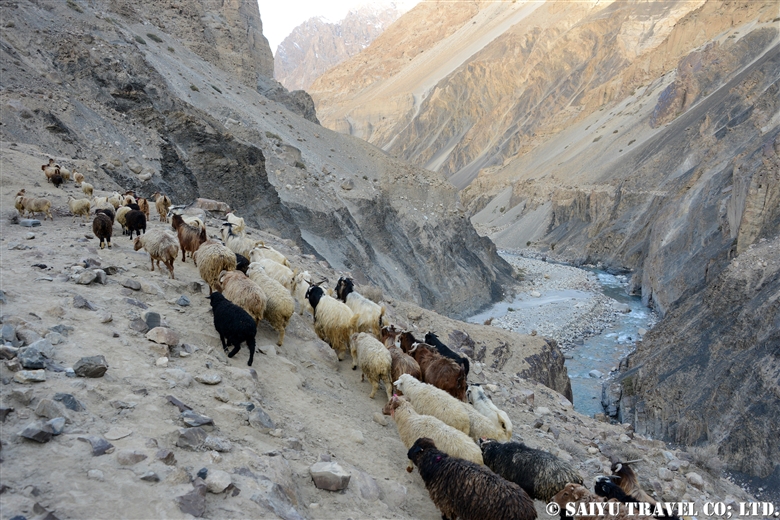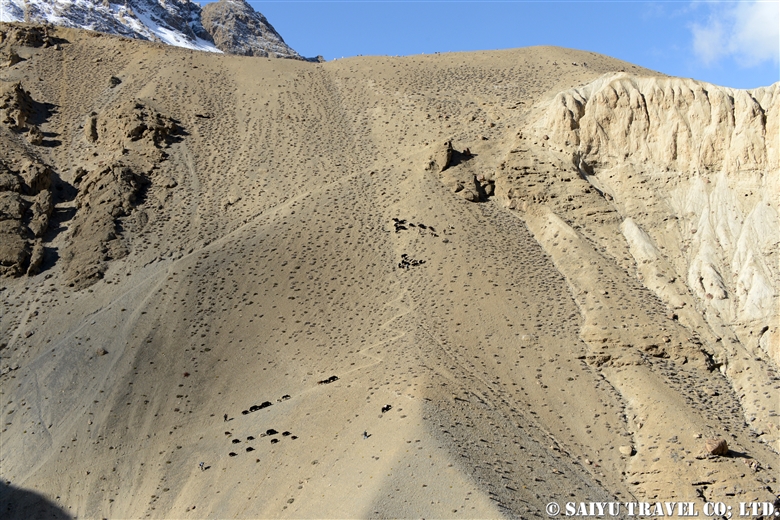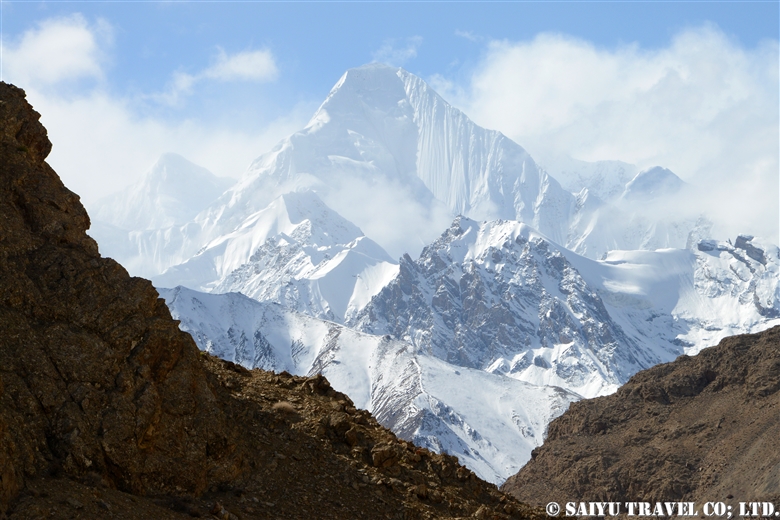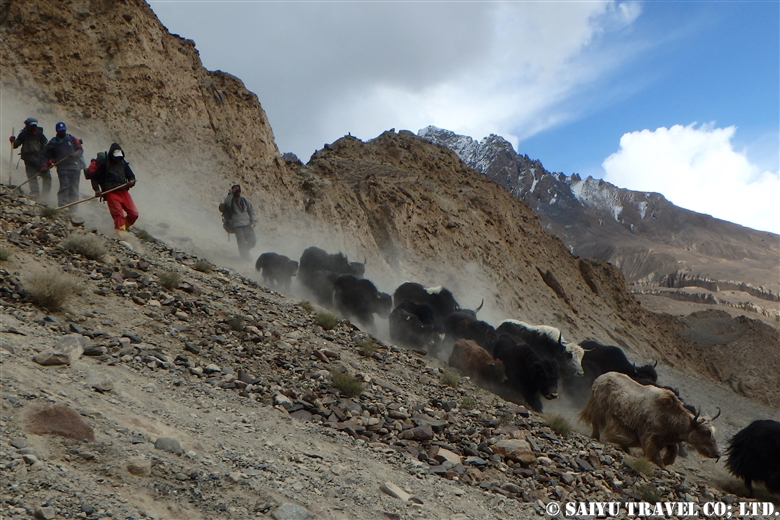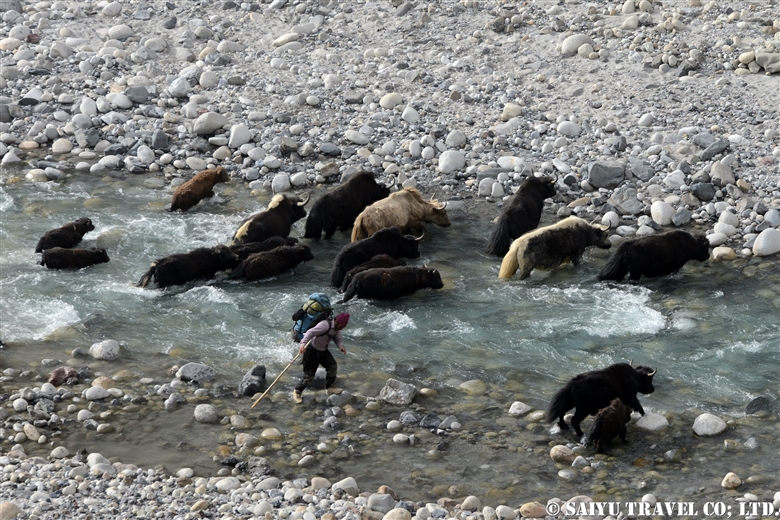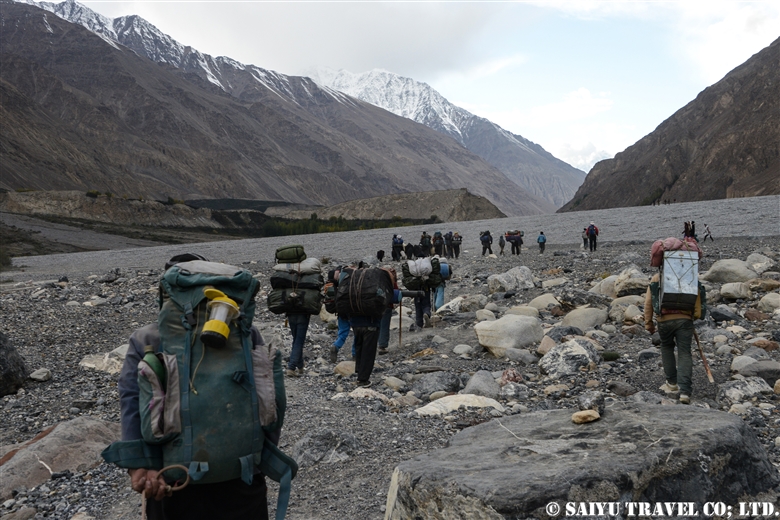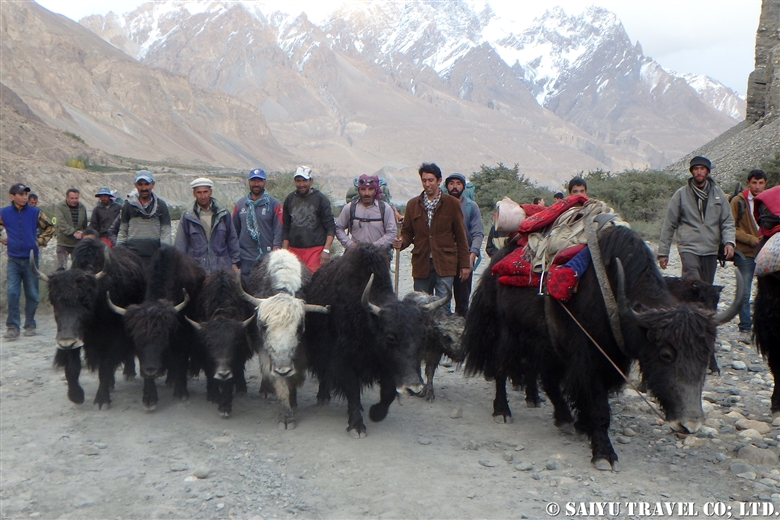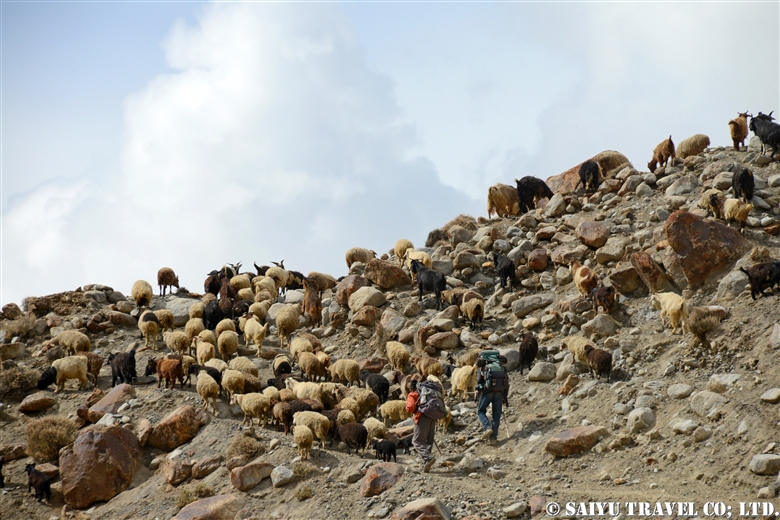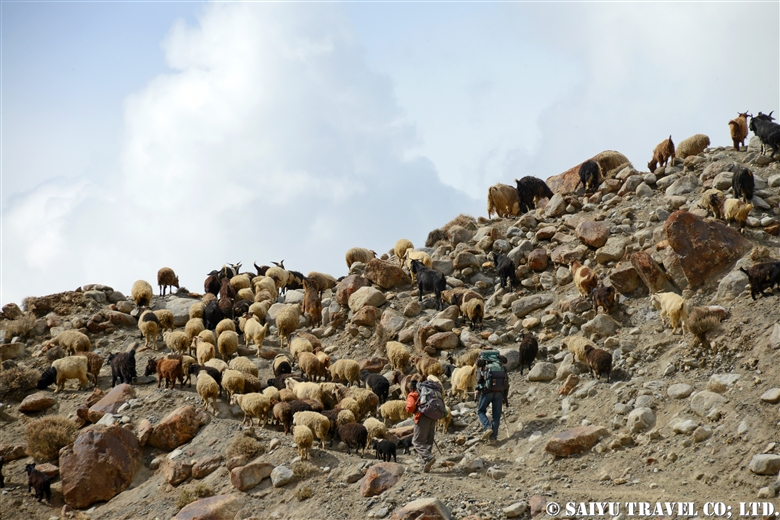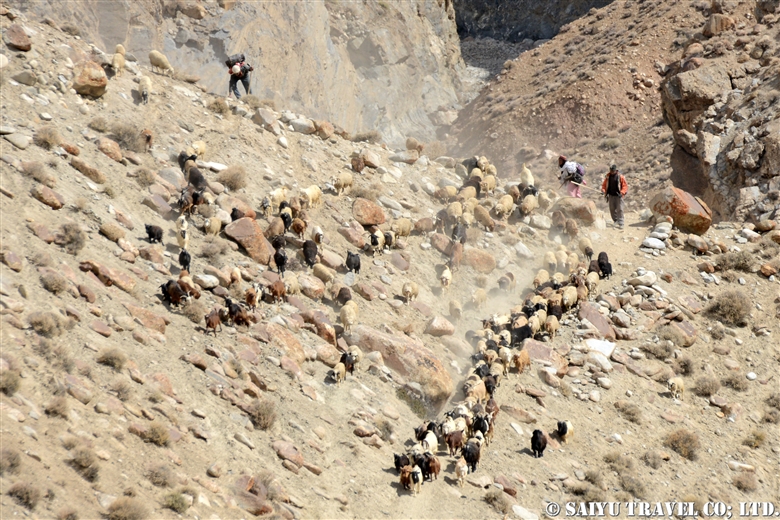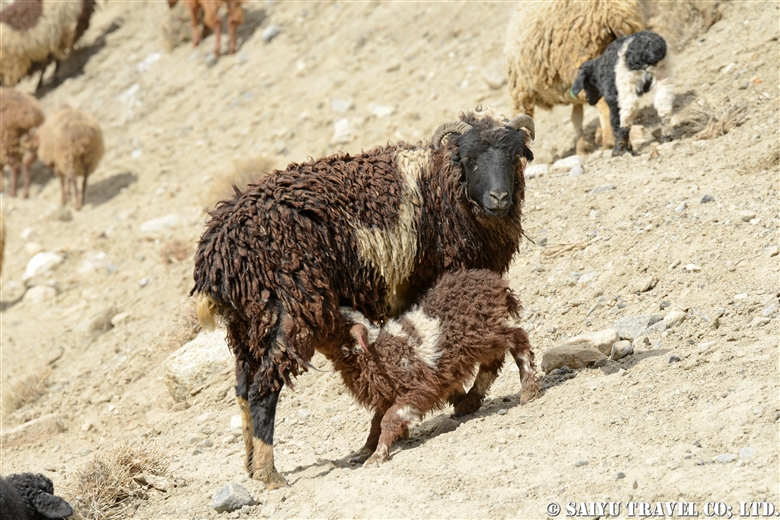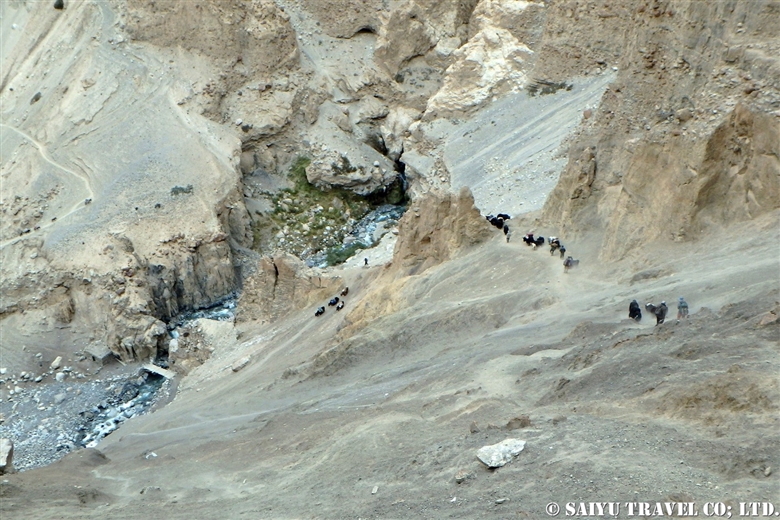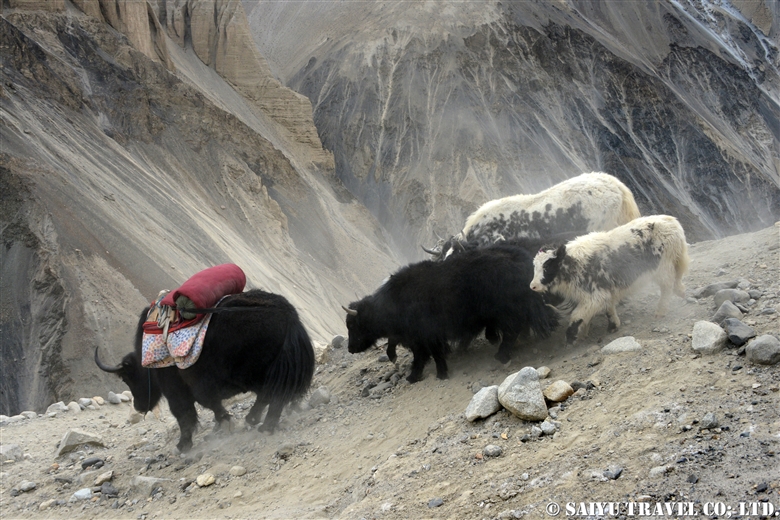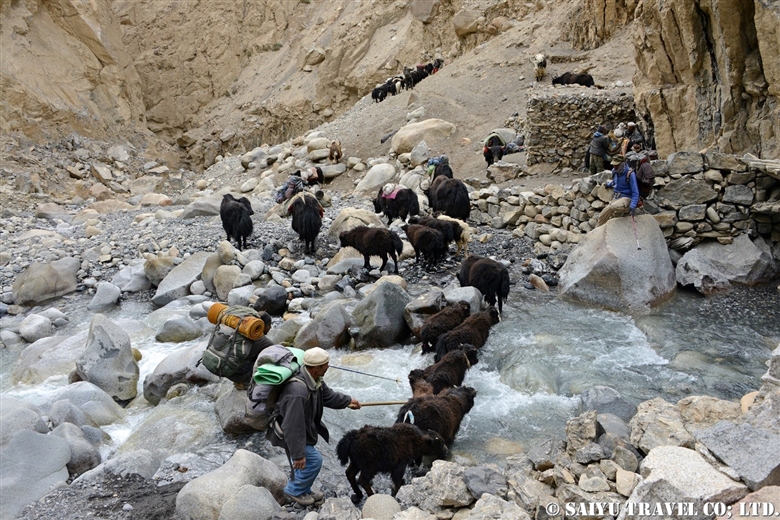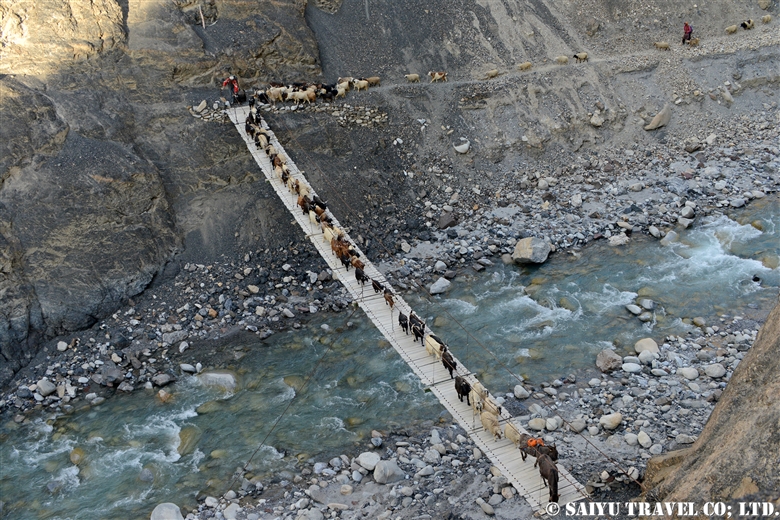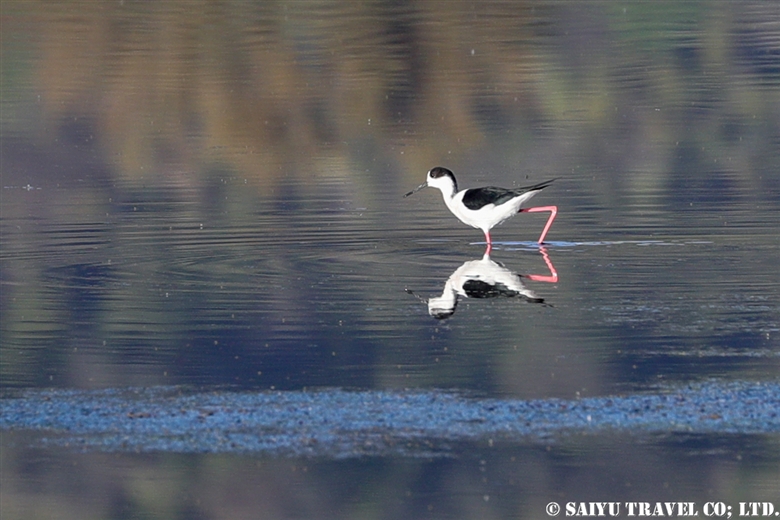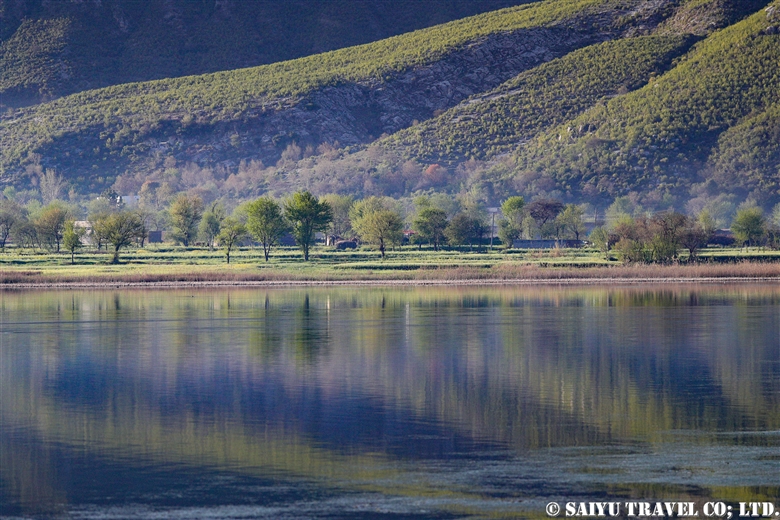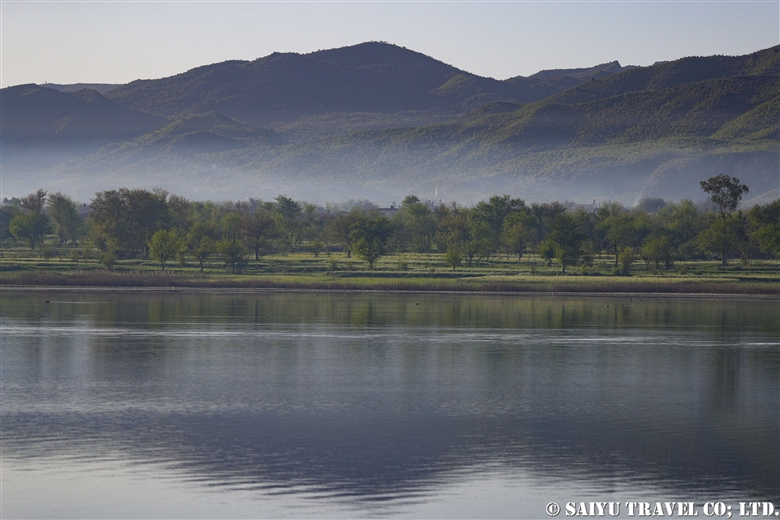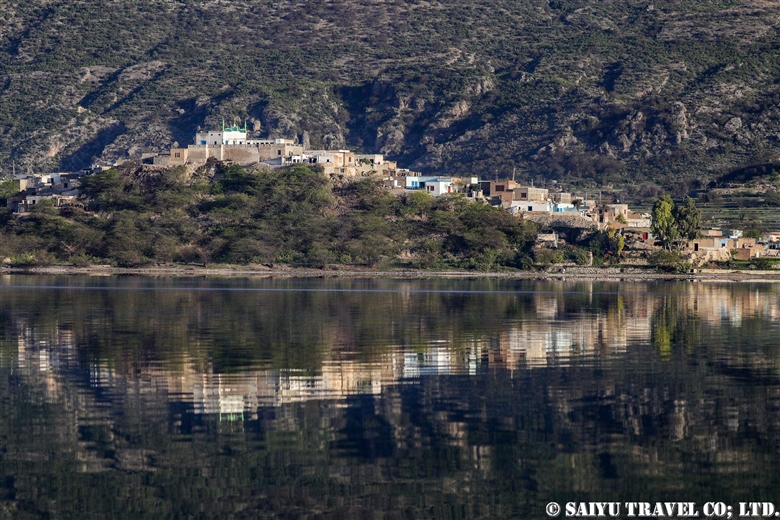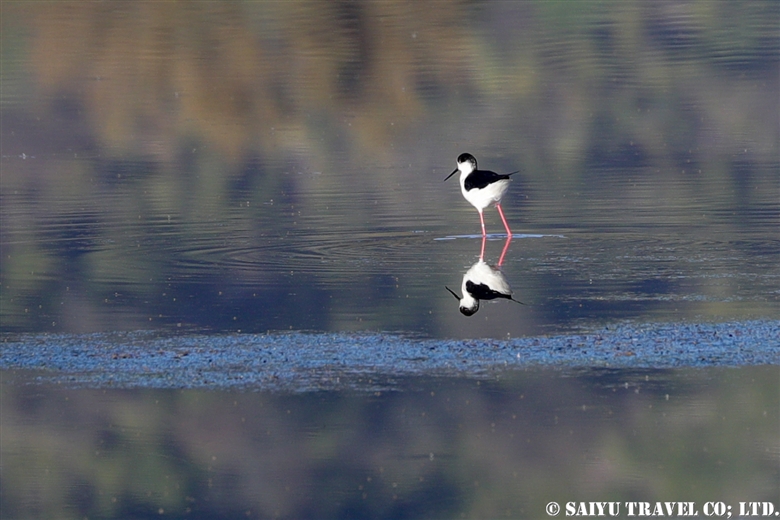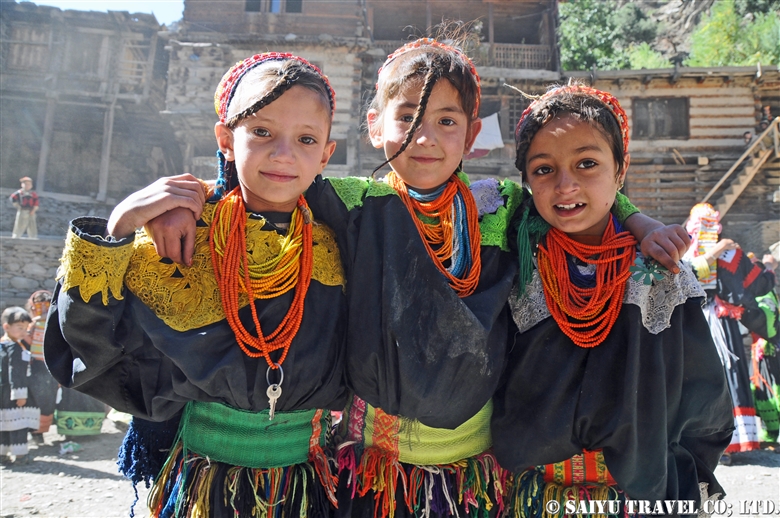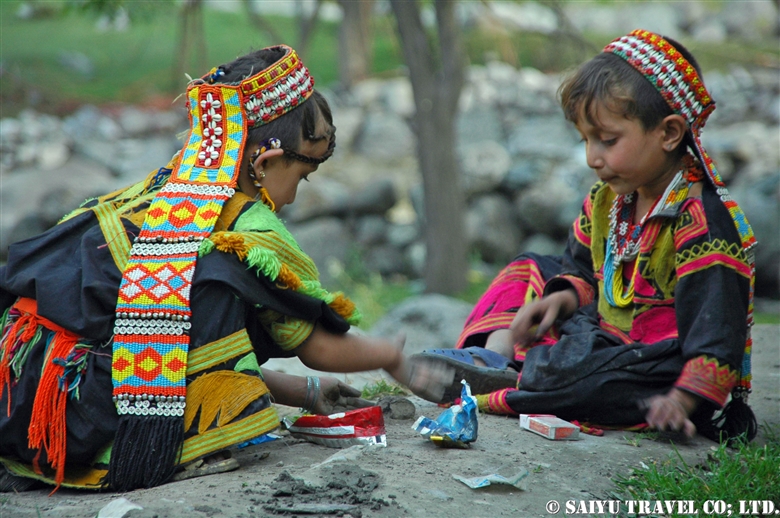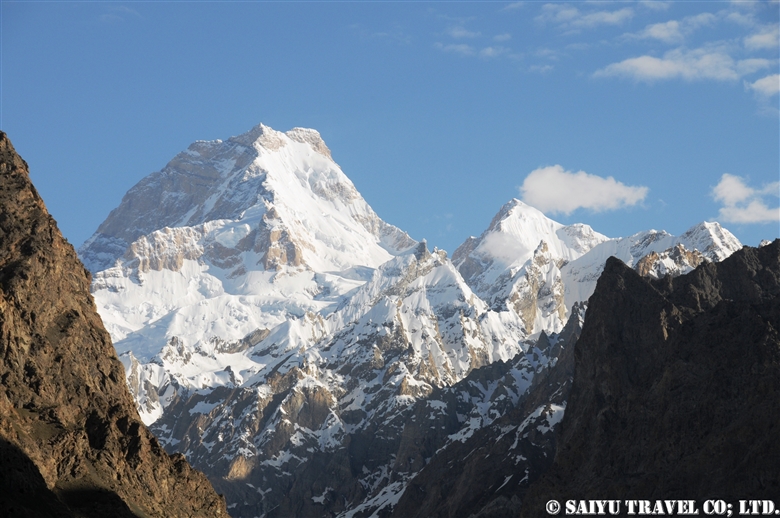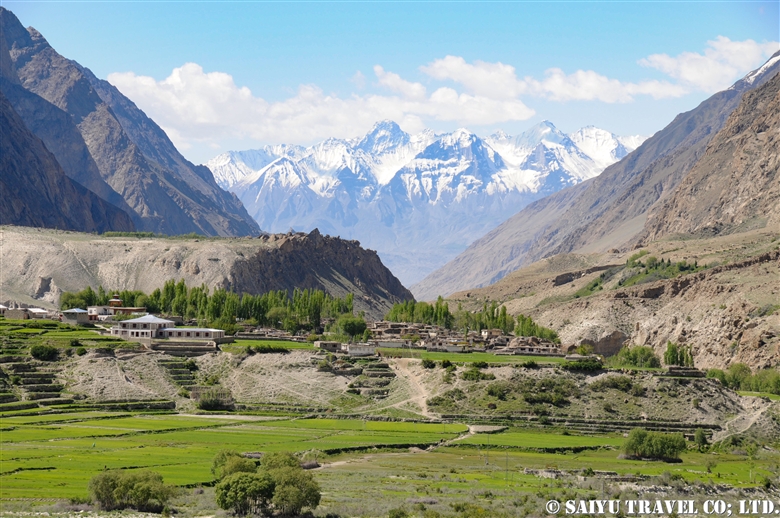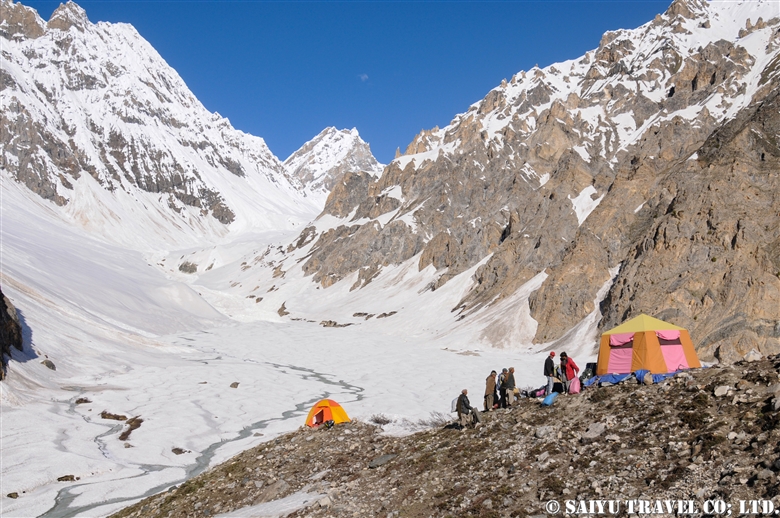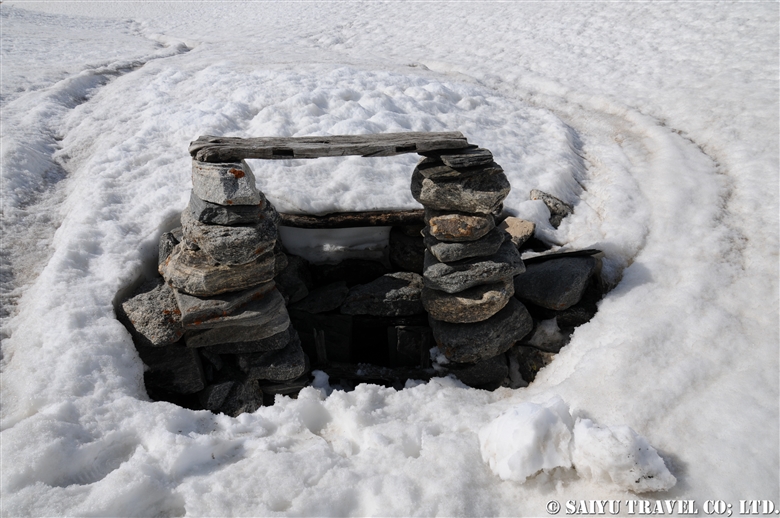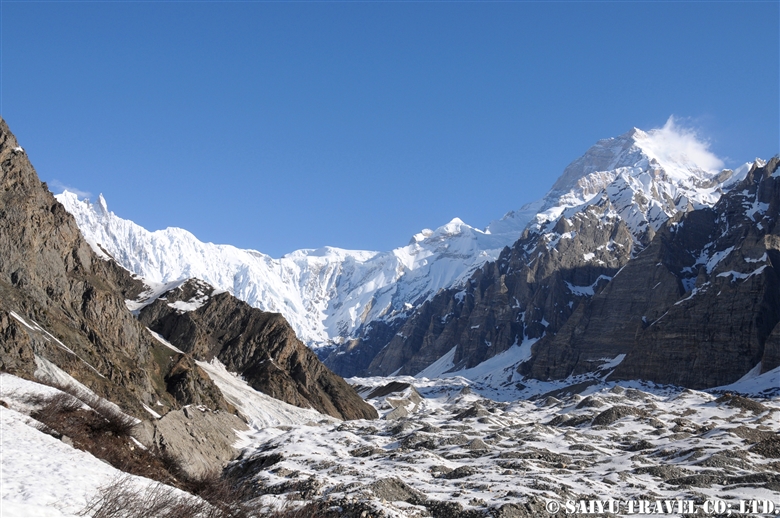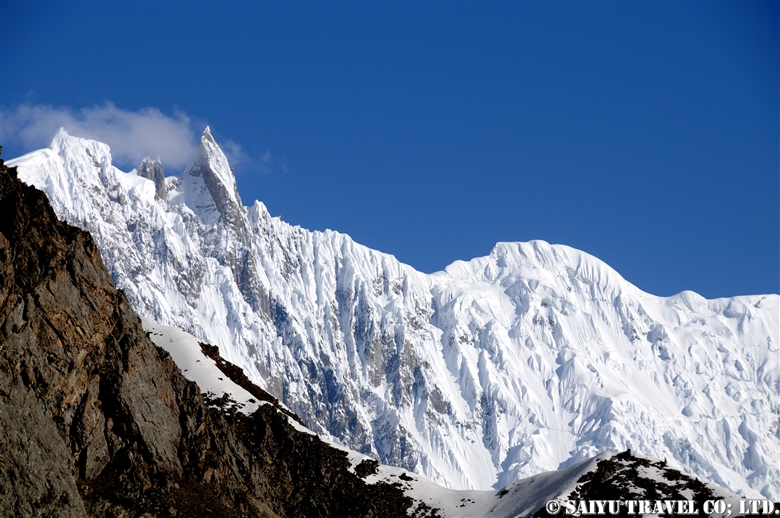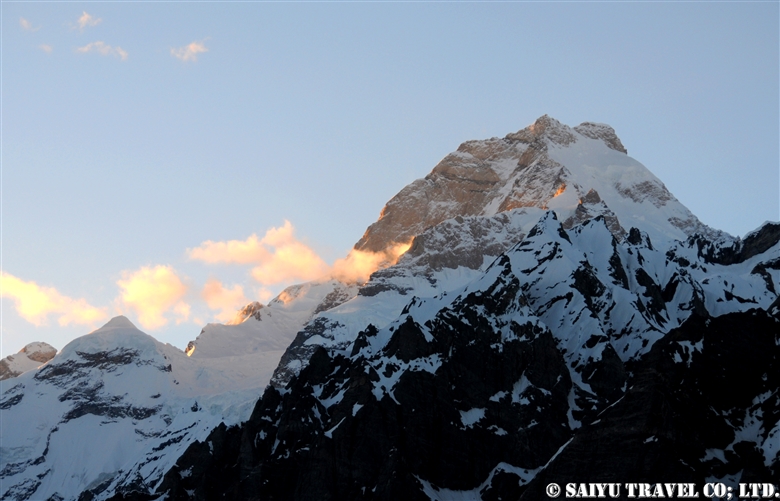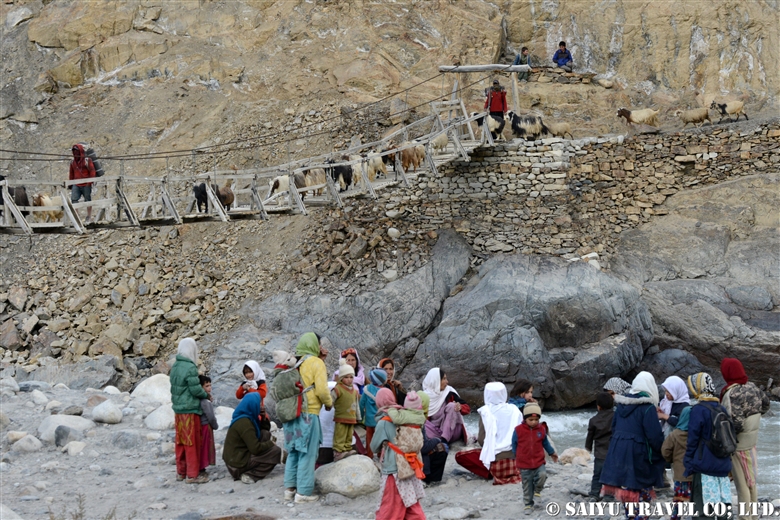
Finally, the goats, sheep and villagers who have had spent the summer in Pamir safely arrived at Shimshal village. Most villagers go to Pamir temporarily to carry livestock, but some women take care of livestock and make dairy products during the summer.
Unfortunately, these traditions are slowly disappearing.

People waiting eagerly for livestock on the other side of the river.
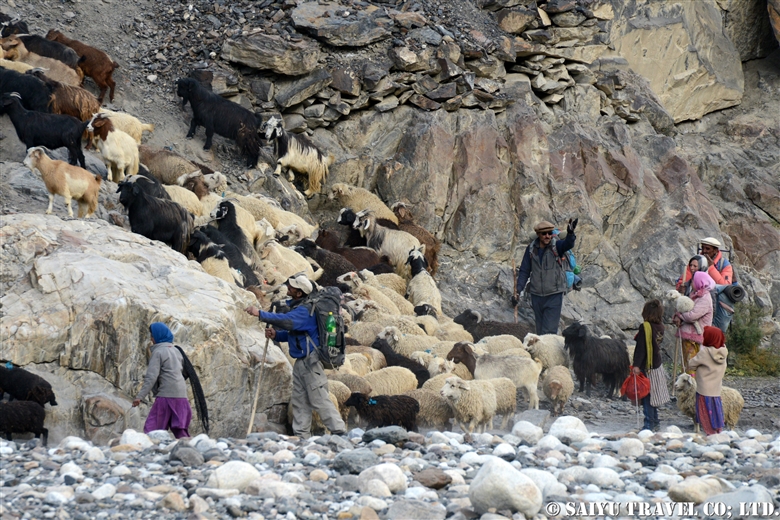
Came back from Pamir: sheep, goats and villagers.
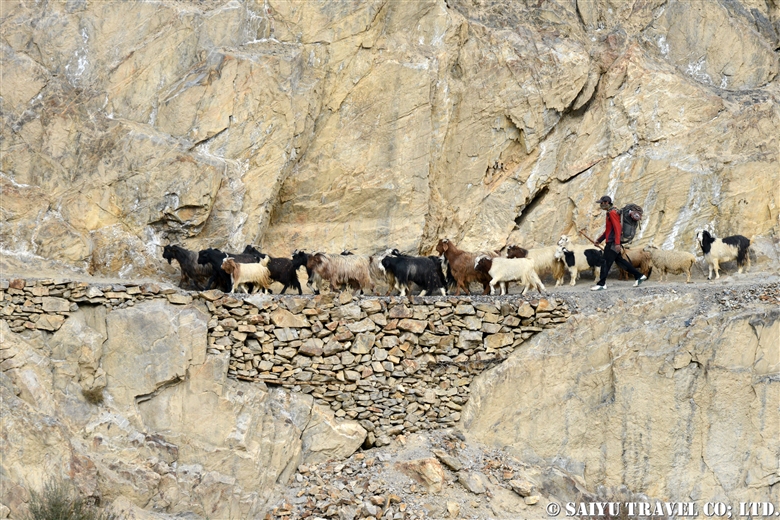
It’s soon towards the suspension bridge.

People waiting for the arrival of family and livestock.
I was engrossed in taking pictures of this beautiful scene.

A villager crossing the suspension bridge carrying a lamb that is still small and unable to walk.
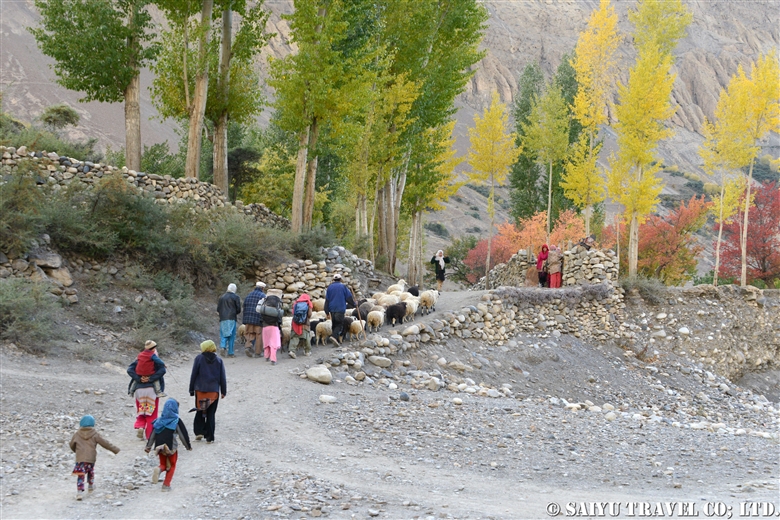
Villagers, sheep and goats walk to the center of the village as they cross the bridge.
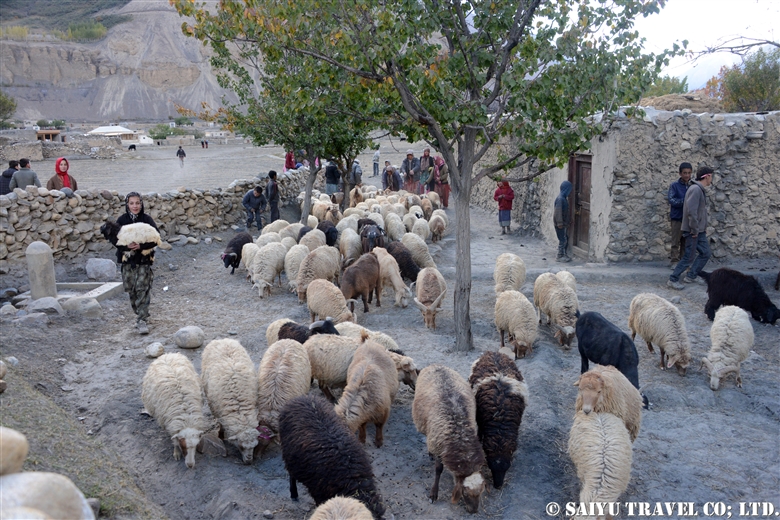
Collected in the village, goats and sheep just came back from Pamir.
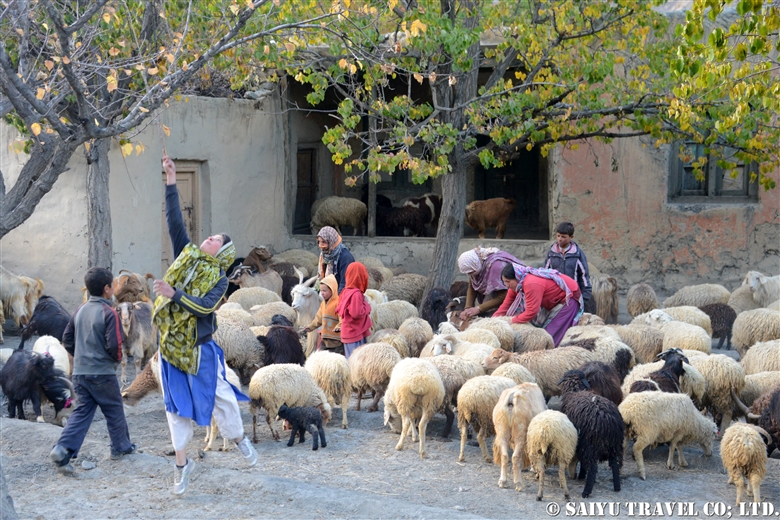
The villagers confirm the goats and sheep that they have kept and return each of them to the respective home-owner.
On this day, what I witnessed …. the arrival of KUCH in Shimshal village …. It was such a beautiful tradition that villagers together cooperated and built, something unknown to the world outside.
One should experience the Kuch tradition for once in their lifetime!
Photo & Text : Mariko SAWADA
Visit : Oct 2014, Shimshal, Gilgit-Baltistan
Category : ◆ Gilgit-Baltistan > - ShimshalTag : Shimshal Autumn Kuch , Shimshal Pamir , Shimshal Pamir Trekking , Shimshal Village , Yak , Indus Caravan , Kuch , Saiyu Travel Pakistan , Pakistan Blog , Pakistan Travel Blog , wakhi , Shimshal






